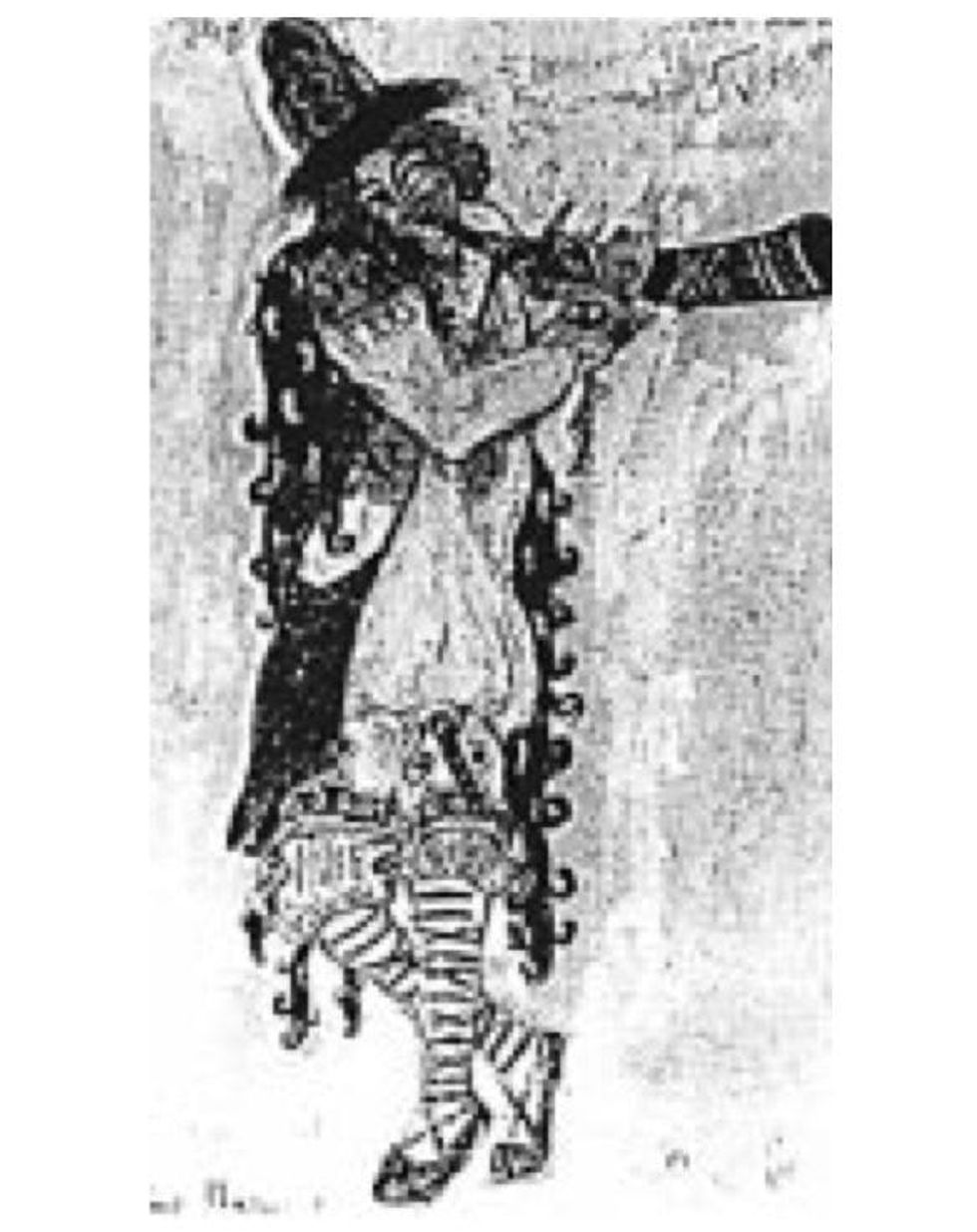Wind Power
Five musicians test endurance and flexiblity with classic Rite of Spring
Listeners who first experience the opening bars of Stravinsky's The Rite of Spring unequivocally ponder, "What the heck is that?" The strained timber of the bassoon up in the stratosphere, beyond the instrument's established orchestral tessitura at the time the piece was written, renders the double reed unrecognizable even to finely tuned ears.
A saxophone? Perhaps the English horn? A primitive instrument new to the orchestral batterie?
Stravinsky's deliberate scoring, however, was meant to evoke the sound of the dudka, an ancient reed-pipe woodwind that's associated with herdsmen of Central Asia. In a letter dated Sept. 25, 1911, to set and costumer designer Nikolai Roerich, Stravinsky wrote, "in a state of passion and excitement, have sketched the introduction for dudki." Although the dudka doesn't appear in the final version of The Rite, designs for the introductory section of the ballet include a youngster playing one.
Imani Winds bassoonist Monica Ellis first performed the iconic — and feared — naked solo during her last concert as an undergraduate student at Oberlin Conservatory in Severance Hall, the home of the Cleveland Orchestra.
"The Rite of Spring cannot work in a homogeneous ensemble like a string quartet."
When the Grammy Award-nominated virtuosos of the Imani Winds take the stage at the Shepherd School of Music on Tuesday, hosted by Houston Friends of Chamber Music, an arrangement of the The Rite of Spring that reduces a 100-piece orchestra down to five musicians will test their endurance and flexibility.
"It's mind over matter," Ellis says about how to sound the first bassoon high C. "Psychologically, I remain calm while putting that note in perspective to the octave below. I actually have that handwritten in the music — I litter my music with affirmations, as if I were my own self-therapist. You can't fret over this moment, really, because there are 20 more minutes to come that are just as demanding."
Physically, Ellis concentrates to ensure everything, which she describes as nerdy bassoon stuff, is in working order: Diaphragm support, a responsive reed, position of the tongue and direction of the air stream. She also practices the riff in different keys — half-a-step down, half-a-step up — so that when she returns to the original transposition the fingerings feel less cumbersome.
Those familiar with the musical score and the ballet may find it hard to believe that the complex web of notes, textures and tonal colors is possible with only five musicians. The secret, Ellis says, lies in the heterogeneity of the five instruments that comprise a wind quintet: Flute, oboe, clarinet, bassoon and horn.
"The Rite of Spring cannot work in a homogeneous ensemble like a string quartet," she explains. "The variation of timber within the different ranges of each wind instrument expands our collective ability to allude to other sounds."
In its upper range, the oboe sounds like a trumpet. The lower range of the bassoon mimics the timpani and double bass. The flute doubles on piccolo. The clarinet, in its chalumeau register, is rich like the cellos and violas. The power of the work's thicker textures is provided by the virility of the horn.
"The fact that five disparate instruments can create a huge sound world is an example that there's much to be learned from what can happen when seemingly disparate ideas converse, experiment and fuse as one."
Jonathan Russell, who's a New Jersey-based composer, initially arranged a fraction of The Rite of Spring. At the suggestion of Imani, Russell expanded his adaptation to include many more of the controversially beloved movements, a recording of which by Imani was digitally released on EMI in May. The bare bones translation surprisingly pays respects to Stravinsky's aesthetic. Listen for yourself in the live performance video above.
But more importantly, the exercise of condensing tangled staves of notation to just a handful aligns with Imani Winds' personal convictions.
"We are exploiting the differences in a beautiful way, similar to how our ensemble celebrates the diversity that exists in human beings," Ellis adds.
"The fact that five disparate instruments can create a huge sound world — beautiful at times, stark, aggressive, ethereal, playful, thoughtful — is an example that there's much to be learned from what can happen when seemingly disparate ideas converse, experiment and fuse as one."
___
Houston Friends of Chamber Music presents the Imani Winds on Tuesday, 7:30 p.m., at the Shepherd School of Music. Tickets start at $20 and can be purchased online or by calling 713-348-5400. Also on the program are Coleman's Tzigane, Ravel's Le Tombeau de Couperin, Husa's Five Poems, Mendelssohn's Scherzo from Midsummer Night's Dream and Shaheen's Dance Mediterranea.




